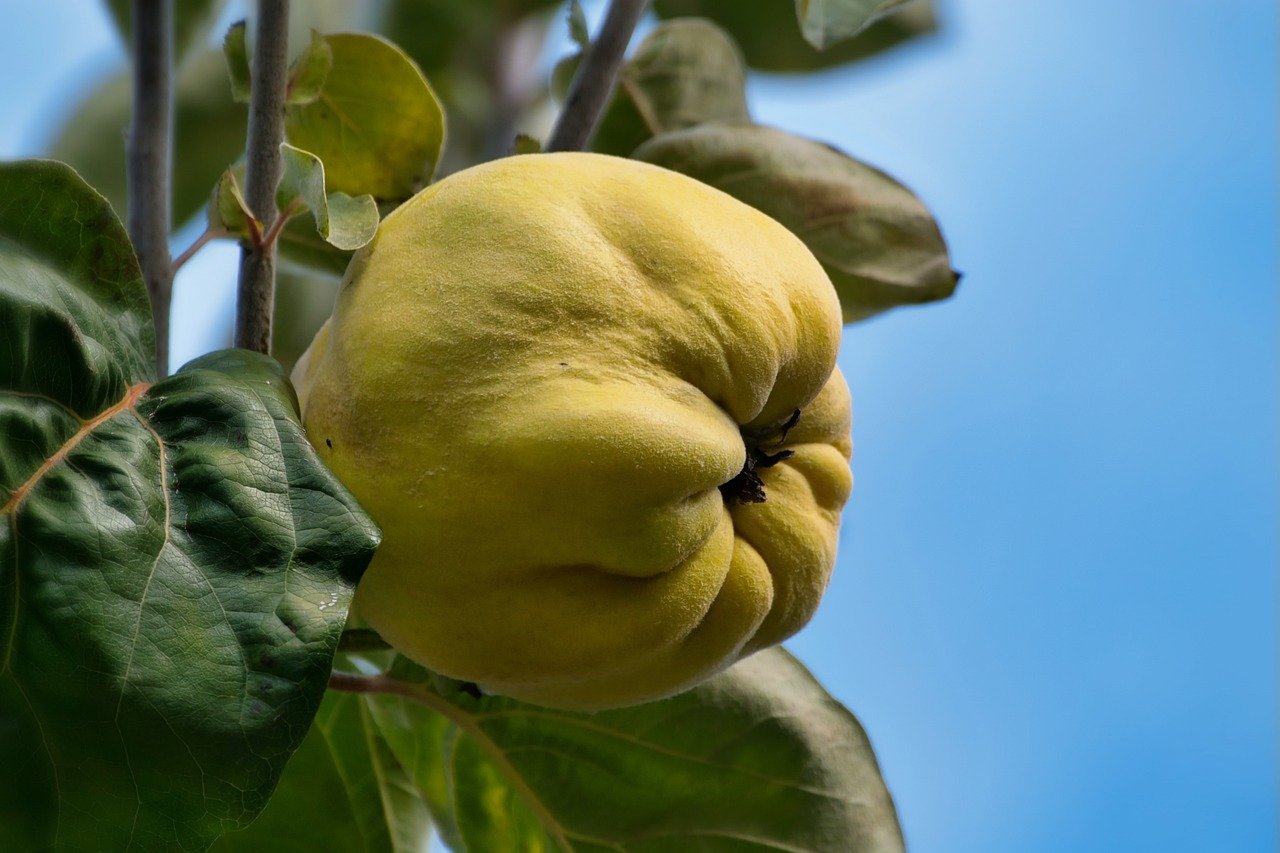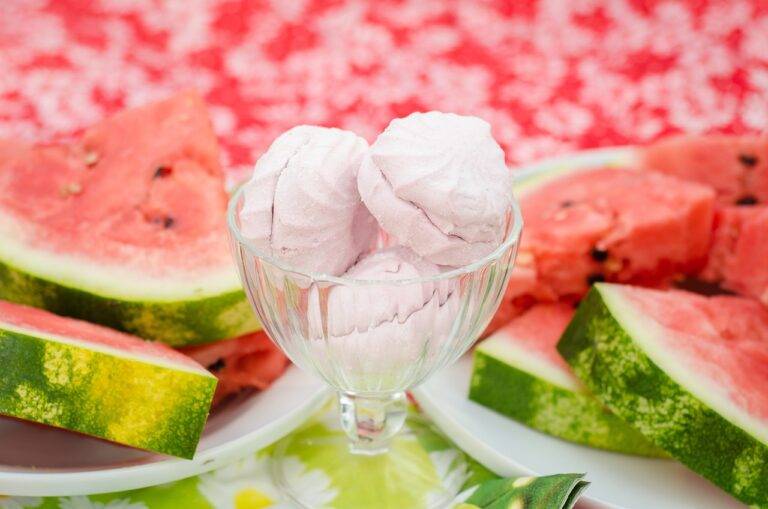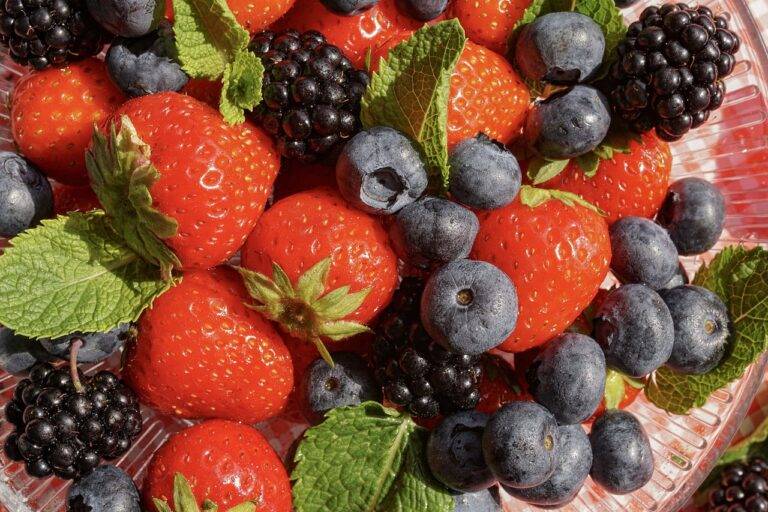The Revival of Traditional Food Preservation Methods
Traditional food preservation methods offer numerous advantages that have stood the test of time. One key benefit is the ability to prolong the shelf life of food items, allowing for long-term storage without the need for refrigeration or modern technology. This can be particularly useful in areas with limited access to electricity or for individuals seeking to use natural methods to preserve their food.
Additionally, traditional preservation techniques help retain the nutritional value and flavor of the food. By preserving fruits, vegetables, and meats through methods like fermentation, curing, or drying, the essential vitamins and minerals are better preserved compared to modern preservation methods that involve added chemicals or high-temperature processing. This not only ensures the food remains nutritious but also contributes to a richer and more intense flavor profile that many people find appealing.
History of Traditional Food Preservation Techniques
The history of traditional food preservation techniques dates back thousands of years, with early civilizations developing methods to prolong the shelf life of their food supplies. Ancient Egyptians utilized drying and salting to preserve fruits, vegetables, and meats. In Mesopotamia, pickling was a common method used to keep food edible for longer periods of time.
As civilizations advanced, so did their food preservation techniques. In the Middle Ages, people in Europe discovered the practice of smoking meat to prevent spoilage. This method not only preserved the meat but also added a unique flavor that became popular among communities. The innovation of canning in the 19th century revolutionized the food preservation industry, allowing for mass production and easier transportation of perishable goods.
What are some benefits of traditional food preservation methods?
Traditional food preservation methods help to extend the shelf life of perishable foods, retain the nutritional value of the ingredients, and reduce food waste.
What are some common traditional food preservation techniques used throughout history?
Some common traditional food preservation techniques include drying, salting, smoking, fermenting, pickling, and curing.
How did people preserve food before modern refrigeration methods were available?
Before the invention of modern refrigeration methods, people used traditional food preservation techniques such as drying, salting, smoking, and fermenting to preserve food for longer periods of time.
Are traditional food preservation techniques still used today?
Yes, many traditional food preservation techniques are still used today, both in households and in commercial food production. These methods are valued for their ability to enhance the flavor and shelf life of foods.
What are some examples of traditional preserved foods that are still popular today?
Some examples of traditional preserved foods that are still popular today include cured meats, pickled vegetables, dried fruits, and fermented dairy products like cheese and yogurt.





